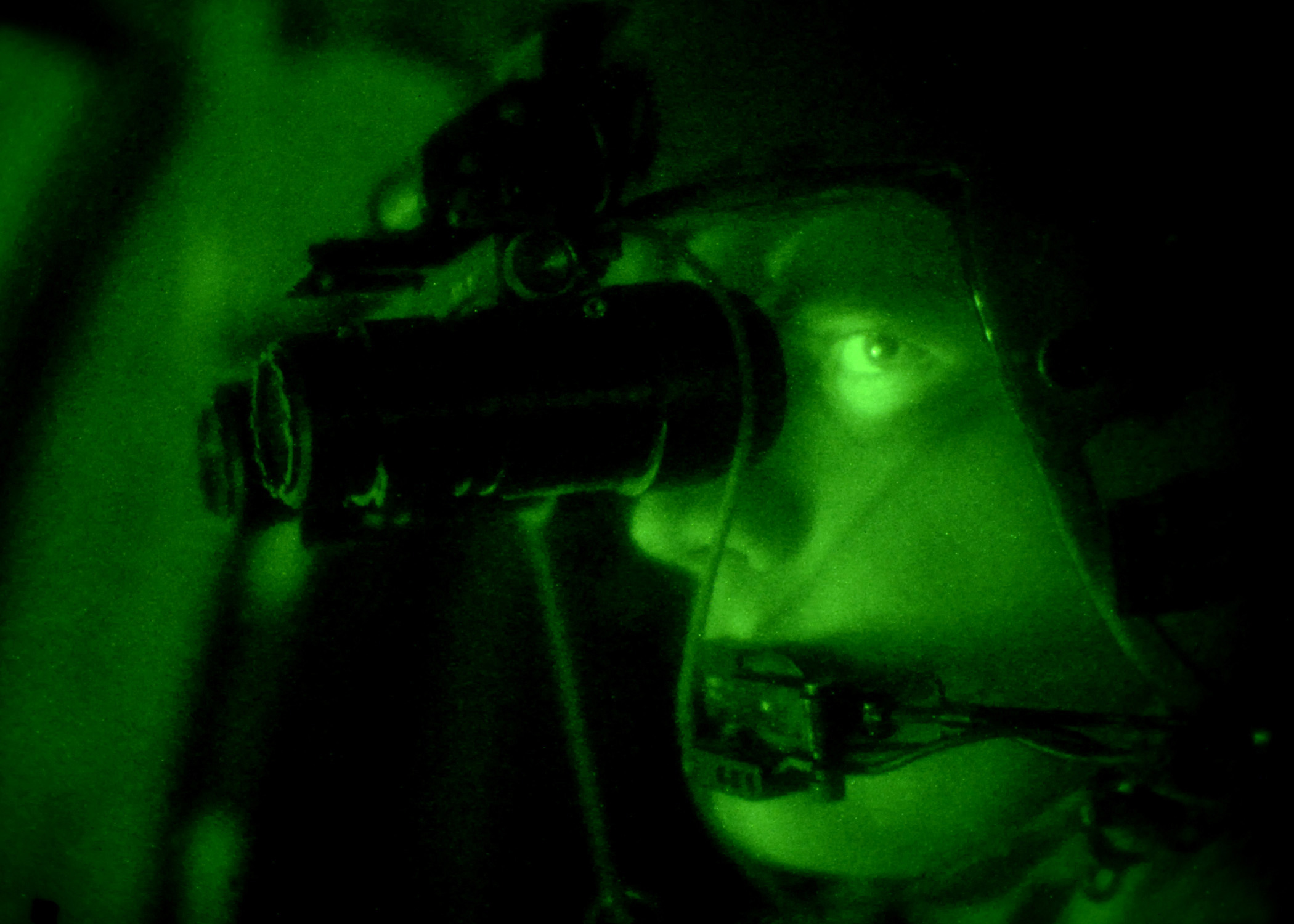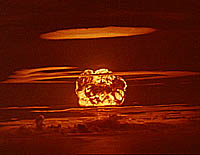|
9P140 Uragan
The BM-27 Uragan (russian: БМ-27 Ураган, lit=Hurricane; GRAU index 9P140) is a self-propelled 220 mm multiple rocket launcher designed in the Soviet Union. The system began its service with the Soviet Army in the late 1970s, and was its first modern spin and fin stabilized heavy multiple rocket launcher. Description The BM-27 Uragan is capable of launching 220 mm rockets from 16 launch tubes mounted on the rear of a ZIL-135 8×8 chassis. This vehicle is extremely similar to that used in the FROG-7 free flight rocket system. It has two gasoline engines that power its 20 tonnes to a maximum speed of 65 kilometers per hour. One engine drives the four wheels on the left of the truck, while the other engine drives the four wheels on the right. The ZIL-135 has eight wheel drive, but only the front and rear axles are used for steering. It has a maximum cruising range of 500 kilometers. The cab of the ZIL-135 is NBC protected, allowing the rockets to be fired without e ... [...More Info...] [...Related Items...] OR: [Wikipedia] [Google] [Baidu] |
Multiple Rocket Launcher
A multiple rocket launcher (MRL) or multiple launch rocket system (MLRS) is a type of rocket artillery system that contains multiple launchers which are fixed to a single platform, and shoots its rocket ordnance in a fashion similar to a volley gun. Rockets are self-propelled in flight and have different capabilities than conventional artillery shells, such as longer effective range, lower recoil, typically considerably higher payload than a similarly sized gun artillery platform, or even carrying multiple warheads. Unguided rocket artillery is notoriously inaccurate and slow to reload compared to gun artillery. A multiple rocket launcher helps compensate for this with its ability to launch multiple rockets in rapid succession, which, coupled with the large kill zone of each warhead, can easily deliver saturation fire over a target area. However, modern rockets can use GPS or inertial guidance to combine the advantages of rockets with the higher accuracy of precision-guided mu ... [...More Info...] [...Related Items...] OR: [Wikipedia] [Google] [Baidu] |
Cluster Munition
A cluster munition is a form of air-dropped or ground-launched explosive weapon that releases or ejects smaller submunitions. Commonly, this is a cluster bomb that ejects explosive bomblets that are designed to kill personnel and destroy vehicles. Other cluster munitions are designed to destroy runways or electric power transmission lines, disperse chemical or biological weapons, or to scatter land mines. Some submunition-based weapons can disperse non-munitions, such as leaflets. Because cluster bombs release many small bomblets over a wide area, they pose risks to civilians both during attacks and afterwards. Unexploded bomblets can kill or maim civilians and/or unintended targets long after a conflict has ended, and are costly to locate and remove. Cluster munitions are prohibited for those nations that ratified the Convention on Cluster Munitions, adopted in Dublin, Ireland, in May 2008. The Convention entered into force and became binding international law upon ratifyi ... [...More Info...] [...Related Items...] OR: [Wikipedia] [Google] [Baidu] |
PFM-1
PFM-1 () is a scatterable high explosive anti-personnel land mine of Soviet and Russian production. It is also known as a Green Parrot or Butterfly Mine. The mines can be deployed from mortars, helicopters and aeroplanes in large numbers; they glide to the ground without exploding and will explode later upon contact. Design The mine consists of a polyethylene plastic container containing 40 g of explosive liquid. The two wings of the PFM-1 allow it to glide after being released in the air, then spin, stabilising it and slowing its descent. The thick wing contains the liquid explosive. The two wings together are 120 mm (about 5 inches) long. The plastic body can be moulded in a variety of colours for best camouflage. As existing stocks were in European green rather than sand coloured, the first examples used in 1980s Afghanistan were green and easily visible. This led to their name 'green parrots'. The shape and bright colour is attractive to children, inspiring claims that t ... [...More Info...] [...Related Items...] OR: [Wikipedia] [Google] [Baidu] |
PTM-3 Mine
The PTM-3 ( Russian: ПТМ-3: ПротивоТанковая Мина-3) is a Soviet scatterable self-liquidating shaped charge anti-tank mine. The mine's case is made up of a stamped steel body with notches in its side. The notches allow the mine to produce a shaped charge effect on five sides - 4 on the sides, and one on the end face. The mine has two arming stages - pyrotechnic and mechanical, and has a magnetic influence battery-powered fuze BT-06 ( Russian: БТ-06). The mine can be delivered using the BM-30 Smerch (9M55K4), BM-27 Uragan (9M59), BM-21 Grad (9M22K) MLRS, helicopter-mounted minelaying system VSM-1, remote mining machine UMZ ( Russian: УМЗ) or portable mining kit PKM ( Russian: ПКМ: Переносной Комплект Минирования). It cannot be placed manually, and must only be placed using remote minelaying systems listed above. Action The mine can only be deployed on soil with the use of various minelaying systems, within the KPTM-3 cass ... [...More Info...] [...Related Items...] OR: [Wikipedia] [Google] [Baidu] |
Landmine
A land mine is an explosive device concealed under or on the ground and designed to destroy or disable enemy targets, ranging from combatants to vehicles and tanks, as they pass over or near it. Such a device is typically detonated automatically by way of pressure when a target steps on it or drives over it, although other detonation mechanisms are also sometimes used. A land mine may cause damage by direct blast effect, by fragments that are thrown by the blast, or by both. Landmines are typically laid throughout an area, creating a ''minefield'' which is dangerous to cross. The use of land mines is controversial because of their potential as indiscriminate weapons. They can remain dangerous many years after a conflict has ended, harming civilians and the economy. Seventy-eight countries are contaminated with land mines and 15,000–20,000 people are killed every year while many more are injured. Approximately 80% of land mine casualties are civilians, with children as the ... [...More Info...] [...Related Items...] OR: [Wikipedia] [Google] [Baidu] |
Chemical Warfare
Chemical warfare (CW) involves using the toxic properties of chemical substances as weapons. This type of warfare is distinct from nuclear warfare, biological warfare and radiological warfare, which together make up CBRN, the military acronym for chemical, biological, radiological, and nuclear (warfare or weapons), all of which are considered "weapons of mass destruction" (WMDs), a term that contrasts with conventional weapons. The use of chemical weapons is prohibited under customary international humanitarian law. Definition Chemical warfare is different from the use of conventional weapons or nuclear weapons because the destructive effects of chemical weapons are not primarily due to any explosive force. The offensive use of living organisms (such as anthrax) is considered biological warfare rather than chemical warfare; however, the use of nonliving toxic products produced by living organisms (e.g. toxins such as botulinum toxin, ricin, and saxitoxin) ''is'' consider ... [...More Info...] [...Related Items...] OR: [Wikipedia] [Google] [Baidu] |
Night Vision Device
A night-vision device (NVD), also known as a night optical/observation device (NOD), night-vision goggle (NVG), is an optoelectronic device that allows visualization of images in low levels of light, improving the user's night vision. The device enhances ambient visible light and converts near-infrared light into visible light which can be seen by the user; this is known as I2 ( image intensification). By comparison, viewing of infrared thermal radiation is referred to as thermal imaging and operates in a different section of the infrared spectrum. A night vision device usually consists of an image intensifier tube, a protective housing, and may have some type of mounting system. Many NVDs also include a protective sacrificial lens, mounted over the front lens (ie. objective lens) on NVDs to protect the latter from damage by environmental hazards and some can incorporate [...More Info...] [...Related Items...] OR: [Wikipedia] [Google] [Baidu] |
Night Vision
Night vision is the ability to see in low-light conditions, either naturally with scotopic vision or through a night-vision device. Night vision requires both sufficient spectral range and sufficient intensity range. Humans have poor night vision compared to many animals such as cats, foxes and rabbits, in part because the human eye lacks a tapetum lucidum, tissue behind the retina that reflects light back through the retina thus increasing the light available to the photoreceptors. Types of ranges Spectral range Night-useful spectral range techniques can sense radiation that is invisible to a human observer. Human vision is confined to a small portion of the electromagnetic spectrum called visible light. Enhanced spectral range allows the viewer to take advantage of non-visible sources of electromagnetic radiation (such as near-infrared or ultraviolet radiation). Some animals such as the mantis shrimp and trout can see using much more of the infrared and/or ultraviolet sp ... [...More Info...] [...Related Items...] OR: [Wikipedia] [Google] [Baidu] |
PG-1 Panoramic Telescope
The Explorer PG-1 Aqua Glider is an American single seat, biplane glider that was designed by Bill Skiliar in 1959 and made available as plans for amateur construction. The prototype was built with help from a troop of Air Explorer Scouts that same year.Said, Bob: ''1983 Sailplane Directory, Soaring Magazine'', page 40. Soaring Society of America November 1983. USPS 499-920EAA AirVenture Museum, 2011, ''Skiliar Aqua Glider “Explorer” – N6498D'' http://www.airventuremuseum.org/collection/aircraft/Skliar Aqua Glider.asp, accessed 10 May 2011 Design and development Skiliar was a Colonel in the USAF and an aeronautical engineer and test pilot. He designed the Aqua Glider to be towed behind a boat, taking off from the water, releasing the tow rope and then gliding to a landing on the water. The Aqua Glider is made from wood and covered with doped aircraft fabric. The landing gear is fixed and consists of a pair of water skis. The aircraft uses spoilers instead of ailerons fo ... [...More Info...] [...Related Items...] OR: [Wikipedia] [Google] [Baidu] |
NBC (weapon)
A weapon of mass destruction (WMD) is a chemical, biological, radiological, nuclear, or any other weapon that can kill and bring significant harm to numerous individuals or cause great damage to artificial structures (e.g., buildings), natural structures (e.g., mountains), or the biosphere. The scope and usage of the term has evolved and been disputed, often signifying more politically than technically. Originally coined in reference to aerial bombing with chemical explosives during World War II, it has later come to refer to large-scale weaponry of warfare-related technologies, such as chemical, biological, radiological, or nuclear warfare. Early uses of this term The first use of the term "weapon of mass destruction" on record is by Cosmo Gordon Lang, Archbishop of Canterbury, in 1937 in reference to the aerial bombing of Guernica, Spain: At the time, nuclear weapons had not been developed. Japan conducted research on biological weapons (see Unit 731), and chemic ... [...More Info...] [...Related Items...] OR: [Wikipedia] [Google] [Baidu] |
FROG-7
The 9K52 ''Luna-M'' (russian: Луна; en, moon, NATO reporting name FROG-7) is a Soviet short-range artillery rocket system which fires unguided and spin-stabilized 9M21 rockets. It was originally developed in the 1960s to provide divisional artillery support using tactical nuclear weapons but gradually modified for conventional use. The 9K52 was eventually succeeded by the OTR-21 Tochka. Description Originally called the 3R-11 and 9R11, the 9M21 is a solid fuel rocket with four off-angle vernier chambers immediately behind the warhead section. When the main engine section ignites, the verniers activate to start spinning the rocket to improve stability and accuracy. At range, the 9M21 has a nominal CEP ( circular error probable) of 400 meters.Soviet/Russian Armor and Artillery Design Practices: 1945-1995. (1995). United States: Marine Corps Intelligence Activity. V-57Soviet/Russian Armor and Artillery Design Practices: 1945-1995. V-58 Western intelligence estimated t ... [...More Info...] [...Related Items...] OR: [Wikipedia] [Google] [Baidu] |
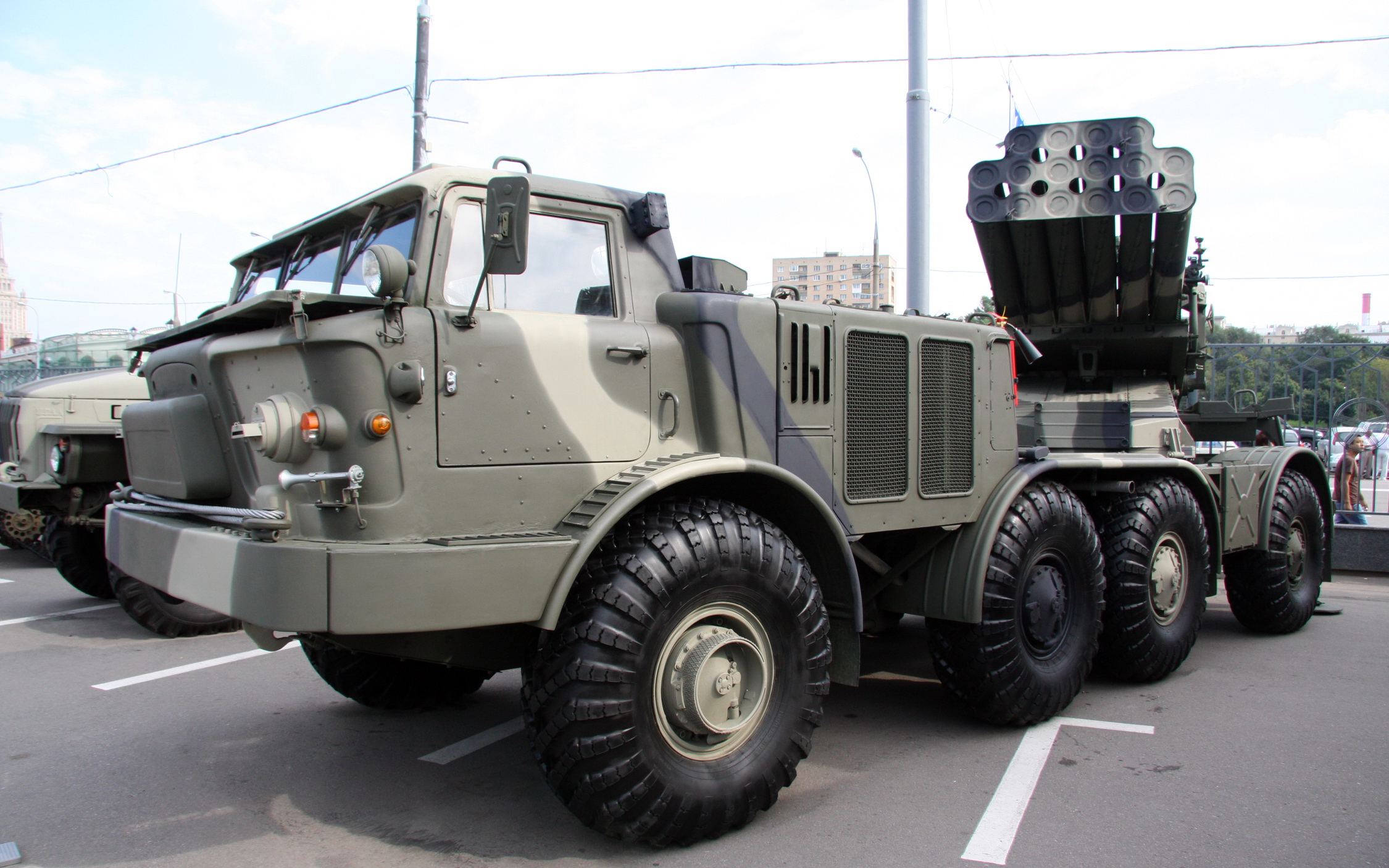
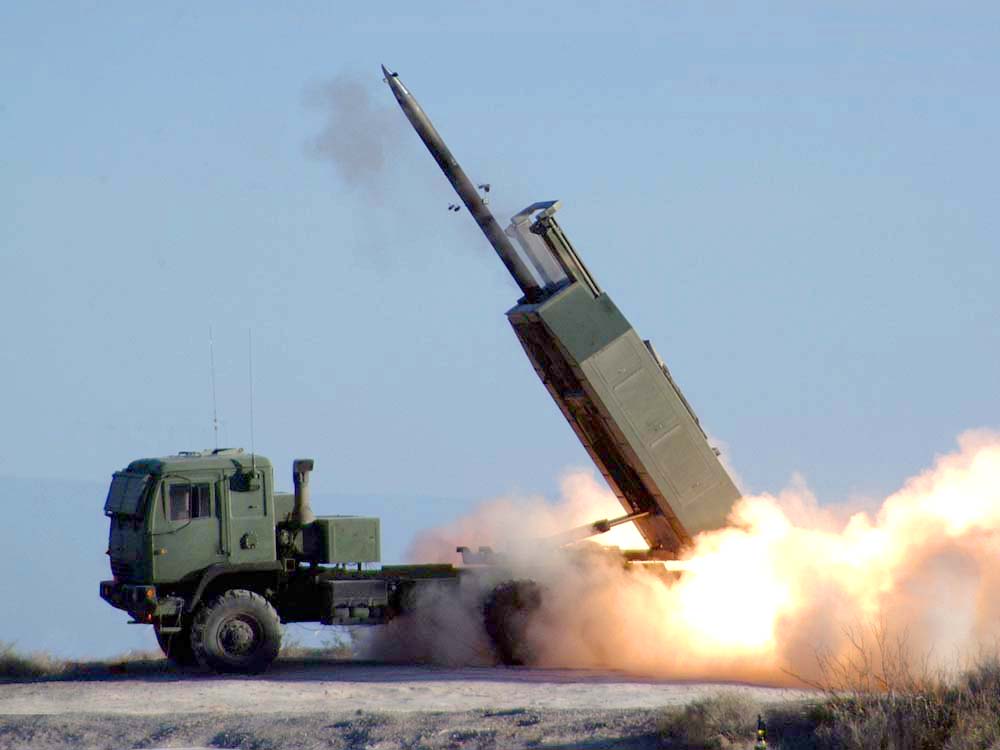

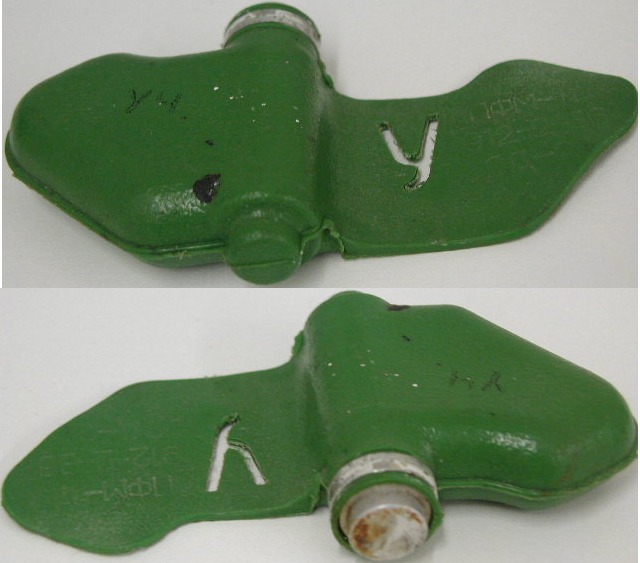

_-_Gassed_-_Google_Art_Project.jpg)
